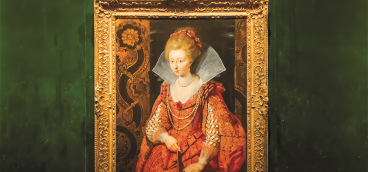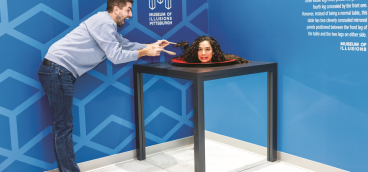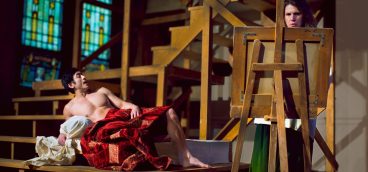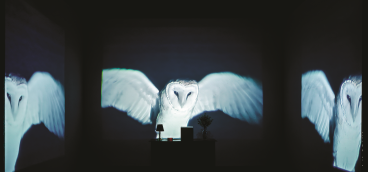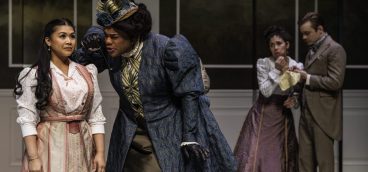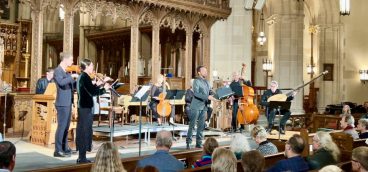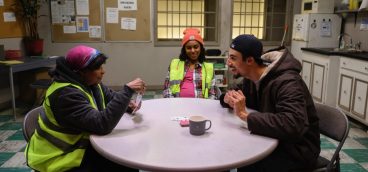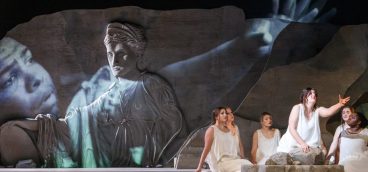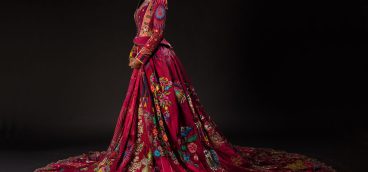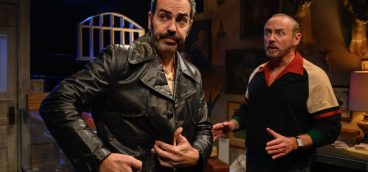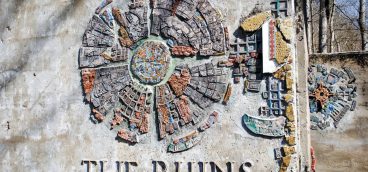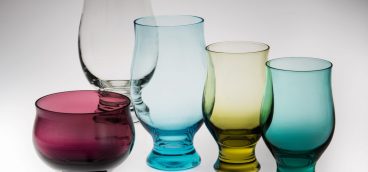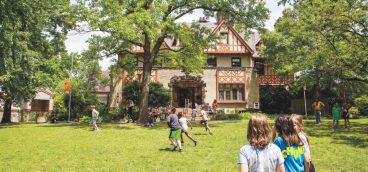Oh What a Year!

When the fab four’s plane touched down in Pittsburgh at 4:36 p.m. on Sept. 14, 1964, I was among the 4,000 screaming fans waiting to catch a glimpse of John, Paul, George and Ringo. When tickets went on sale that spring for $5.90, my aunt bought three: one for me, one for my cousin Linda, and one for her best friend Darlene. That’s when I began hatching a plan that would get me backstage before the Civic Arena show.
I hoped to be a journalist one day and knew I’d major in English in college, so I decided to jumpstart my career by persuading the editor of The McKees Rocks Gazette to let me write a “Teen Talk” column. Because there were so many of us baby boomers, teenagers had clout in those days. He gave me not only a weekly column with my photo and a byline but also the coveted press pass that got me backstage at concerts all over the city that year.
In those glorious days, bands played at the Civic Arena, Oakland’s 3,700-seat Syria Mosque, and West View Park’s Danceland. I saw the Rolling Stones on their first American tour that June. My column allowed that “they were good, but they’re not the Beatles.” KQV’s August Summer Shower of Stars featured The Beach Boys, and I cornered Mike Love after the Syria Mosque show (he called it the Serious Mosque). I followed him outside under an awning, where Brian Wilson was waiting out the hard rain, and the three of us talked about their plan to visit England where they hoped to meet the Beatles in October.
I was back at the Syria Mosque in November for KQV’s Thanksgiving Shower of Stars, which featured Chuck Berry, The Supremes, The Crystals, Brian Hyland (“Itsy Bitsy Teenie Weenie Yellow Polkadot Bikini”) and Luigi Alfredo Giovanni Sacco (aka Lou Christie, a former choir boy who grew up in suburban Pittsburgh and whose “Two Faces Have I” reached No. 6 on the billboard charts).

That night, I had a long conversation backstage with 20-year-old Diana Ross. She’d met the Beatles and found them to be “nice boys,” but she couldn’t remember which one was married. “Oh, right,” she said, when I told her it was John Lennon. She’d also been introduced to the Rolling Stones before they were fashion icons and seemed perplexed by their fashion choices. In the early days, when they were doing Chuck Berry and Slim Harpo covers, the Stones looked like they’d just rolled out of bed: ratty sweaters and corduroy jackets that might have been balled up in a corner all night. Meanwhile, the Motown image had been crafted to convey a certain amount of glamour and sophistication: the bouffant hairstyles, the beaded evening gowns, the carefully orchestrated choreography.
Pittsburgh’s answer to American Bandstand was Clark Race’s Dance Party, and it booked national recording artists such as Paul Anka, Chubby Checker, Buddy Holly, The Four Tops, The Turtles and The Lovin’ Spoonful, as well as local acts like Bobby Vinton and Tommy James & The Shondells, who had two hit singles, “Hanky Panky” and “Crimson and Clover.” The show was filmed live at KDKA-TV in Gateway Center every Saturday afternoon, and it wasn’t easy getting in, even with my press pass. “There are some very nice doormen and police officers at KDKA,” I wrote in one of my columns, “and some who are not so nice.” Still, I was nothing if not persistent, and eventually they waved me in when I showed up. I interviewed a British band called You Know Who, whose schtick was to wear masks and capes onstage to keep their identity a secret, and it was 50 years before anyone found out that they were just four Italian guys from Brooklyn attempting to cash in on the British Invasion.
You Know Who was not the only band at Clark Race’s Dance Party pretending to be British. Lord Alan and Sir Richard had a hit single, “Little Things,” that was getting a lot of airplay on local radio. They wore Edwardian suits and spoke in posh British accents, but “Lord” Alan confessed that his real name was Alan Abrahams and that he had gone to Taylor Allderdice High School in Squirrel Hill. “Sir” Richard was Richard Tyler, a student at Columbia University who had a college rock band. When his drummer dropped out, Alan filled in. Then someone told them that recording artist and record producer Freddie Cannon (“Palisades Park”) was looking to back a group with an English sound, and he thought Alan and Richard might fit the bill. A meeting was arranged, but neither Alan nor Richard believed that the man offering them a record deal was actually the teen idol.

“If you’re Freddie Cannon, then I’m Lord Tennyson,” said Alan. “And I’m Sir Lancelot,” added Richard. The names stuck, but after “Little Things,” the duo never had another hit. After they broke up, Richard went back to college to get a doctorate degree and Alan moved to Los Angeles, where he became a music industry executive.
When Freddie “Boom Boom” Cannon was a guest on Dance Party, my best friend Renne tagged along. He invited us to come back to the Hilton Hotel with him after the show, and we took him up on his offer. Nothing salacious happened. We ordered potato chips and Coca-Cola in glass bottles from room service. Those were different times. He was a perfect gentleman and we got home in time for dinner.
British folk-pop duo Chad & Jeremy met while attending London’s Central School of Speech and Drama and began performing together in 1962. As part of the British Invasion, they had hits with “Yesterday’s Gone” and “A Summer Song” that featured acoustic guitars, strings and a quiet, orchestral sound. At the height of their popularity in 1964, they appeared at the National Record Mart in North Hills Village Shopping Center. The store was mobbed, and I was ushered into a back office where the boys, wearing dark suits and black suede boots, agreed to a quick interview.
I’d written a list of innocuous questions on notebook paper: Who are your favorite singers? Who are your favorite actors? Any hobbies? As the Beatles song went, “I was just 17,” and not exactly Walter Cronkite. Chad asked if he could borrow my pen and scribbled out his answers:
Cilla Black, Dionne Warwick, John Lennon and Paul McCartney
Laurence Olivier, Steve McQueen, Natalie Wood
Canoeing, painting, driving
I snapped a few photos and asked Jeremy for his impression of America. “I’ll give it to you in one word: BIG,” he said. “New York scared me a bit. Everything’s so tall and huge, you know, while England is small and homey. Quite a difference.”

The boys signed autograph books, dollar bills, silk scarves that girls removed from their necks, and just about anything someone handed to them. One fan brandished a pair of scissors, hoping to snip a lock of hair to take home as a souvenir, but someone stopped her in time. Finally, their manager hollered, “All right boys, pens down. This is hopeless. You’ll never get to meet them all. We’re leaving.” And just like that, they were hustled outside.
I never did get backstage at the Civic Arena to meet the Beatles. A security guard had promised to find me a seat with other members of the press after the warmup acts had finished their sets, which seems naïve in retrospect, but we had no idea what to expect when KQV’s Chuck Brinkman introduced the band. It was pure pandemonium. Flashbulbs exploded like strobe lights and thousands of screaming girls rushed the stage. It had been reported that the Beatles loved jelly beans (they called them Jelly Babies across the pond), so girls pelted the stage with them. For years I kept an orange jelly bean that I found onstage after the show because it bore the imprint of John Lennon’s boot. Then when my oldest daughter was 7, she found it in my jewelry box and ate it. I guess nothing lasts forever.
By 1967, the British Invasion had come to an end. But it had reinvented American music — and had been good for business. In a brazen attempt to cash in, Joseph Horne’s Department Store in Downtown Pittsburgh hired B. Lunney, Town Crier to Manor of Kirkham, Lancashire, England, to walk around the first floor in a powdered wig, ruffled shirt and buckled shoes and interact with customers. “Four-thirty and all is well,” he cried out at the half-hour. Girls like me who were captivated by anyone with a British accent came into the store just to have a conversation with someone who sounded like one of the Beatles. The expectation that we’d stay and do a little shopping was brilliant marketing.

All of my old stomping grounds are gone now. UPMC occupies the flagship Horne’s store. National Record Mart, America’s first music store chain, was founded right here in Pittsburgh in 1937. It was a place for teenagers like me to gather, fostering a sense of community, but it shuttered all 130 locations in 2002. When Danceland burned to the ground in 1973, it was the beginning of the end for West View Park. Meanwhile, the grand old Syria Mosque, built in 1911 as a “mystical” shrine for the Ancient Arabic Order of Nobles of the Mystic Shrine (the Shriners), was torn down in 1991. Today the site is a parking lot for the University of Pittsburgh Medical Center. They literally “paved paradise and put up a parking lot.” Then in 2012, after various groups declined historic status for the only sports stadium in the country with a retractable roof, the Civic Arena was demolished.
Forty years ago, I wrote a story for The Pittsburgh Press about what it was like to be there that night in 1964. I’d skipped school so I could be at the airport when their plane landed, and I had to forge a note for my principal the next morning: “Please excuse Marianne’s absence from school yesterday. She was sick.” He glanced at me, then back at the note, then back at me. “I know how sick you were,” he said. “I saw you on the six o’clock news.”
I wish I’d been cool enough to tell him, “Beatlemania, it’s bigger than both of us,” but I think he knew that.


